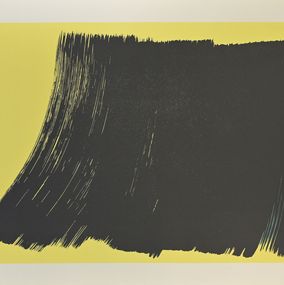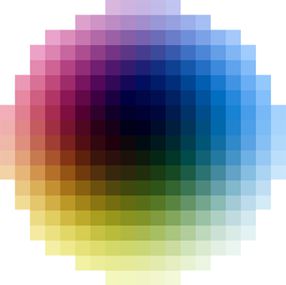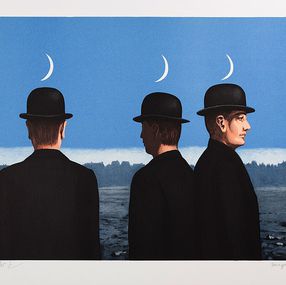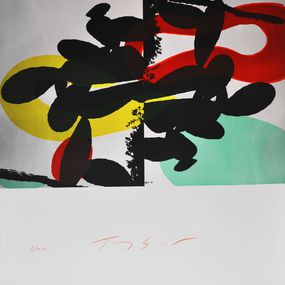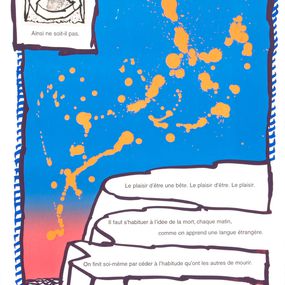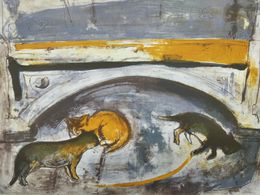
Lithography Print for Sale
Lithography is a printing technique which allows for the creation and reproduction of a design drawn in ink or in pencil on a stone (often limestone), using a press. The technique first appeared at the end of the 18th century in Germany and quickly became popular across Europe throughout the 19th century. Although the supports it uses and the way it is used have considerably changed, it is still a commonly used process today. Lithography uses a chemical process which is based on the immiscibility of water and oil. The image is drawn directly onto the stone slate using ink or a wax pencil or 'transferred' using transfer paper. The limestone is then moistened and covered with a greasy ink. As the ink is hydrophobic, it only adheres to the lines of the drawing and is repelled by the wet areas. Paper is then applied to the stone slate and pressed.
Over time, this technique was adapted to new supports other than stone, such as zinc and aluminium. In the 19th century in particular, lithography was used for a whole host of different purposes. In newspaper publishing, its quick production rate made it a popular choice for printing news illustrations, where being the first to publish a new story is still a top priority. Lithography is also used for more commercial purposes (stickers, printing sheet music) as well as an artistic form of expression.
We are of course most interested in looking at how this technique has been used artistically. It has two main functions. The first is as an artistic medium; artists like Henri de Toulouse-Lautrec worked with lithography to create several copies of an original piece, whereas other artists use it as a way of copying their works. Highly fashionable at the time, we can still see numerous Art Nouveau and Art Deco inspired lithographs today.
Lithography can produce typographic and artistic creations in a short space of time. It allows artists to reproduce original drawings very easily. It also gives the artist the opportunity to explore an endless number of creative possibilities and explore an infinite array of styles.
In the 20th century, lithography was commonly used to create exhibition posters and by-products which were often created by the artists themselves. Miro and Picasso for example created a large number of posters using this technique.
Today, only artistic lithography remains. In a similar way to photography or engraving, lithographs come in multiple examples. The market value varies depending on the artist's popularity and the quality of the print, but also depending on the number of copies that exist. It is important for the buyer to know the number attributed to the lithograph and the total number of copies made, as detailed in the 'certificate of authenticity' which helps to prevent fraudulent copies.
When looking through Artsper, you will find lithographs from some of the 20th century's biggest names, including (Niki de Saint Phalle, Andy Warhol, Roy Lichtenstein, Jean Cocteau, Victor Vasarely, Salvador Dali, Zao Wou-Ki...) but also from famous contemporary artists such as Hervé Télémaque, Yan Pein Ming and many others. All of the lithographs sold by Artsper have been carefully chosen. Artsper only selects works which come from limited editions with a maximum of 300 examples or which have been signed by the artist.
Save your search and find it in your favorites
Save your search to find it quickly
Saved search
Your search is accessible from the favorites tab > My favorite searches
Unsaved search
A problem occurred



The Mediterranean Garden
Giovanni Omiccioli
Print - 67 x 100.5 x 0.1 cm Print - 26.4 x 39.6 x 0 inch
€500
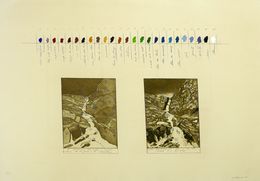


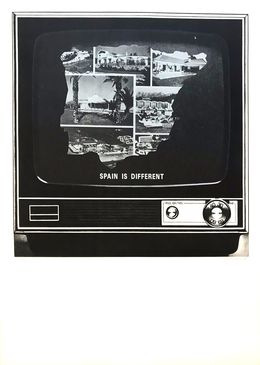


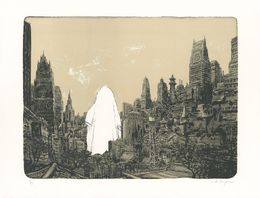



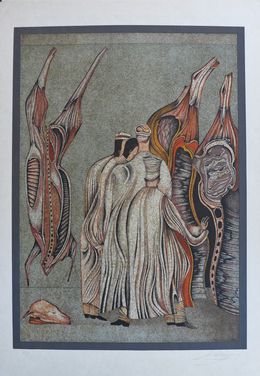


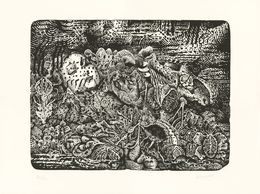
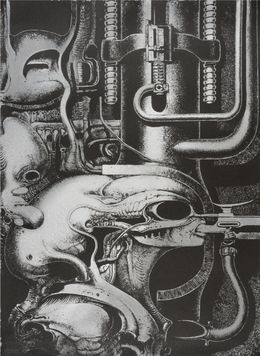
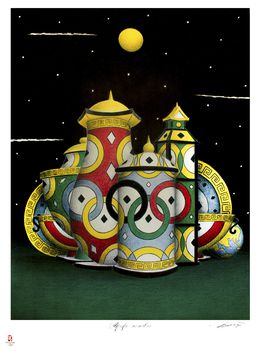
Olympic Connections, Olympic Games Beijing
Pier Augusto Breccia
Print - 94.5 x 70 x 0.1 cm Print - 37.2 x 27.6 x 0 inch
€553
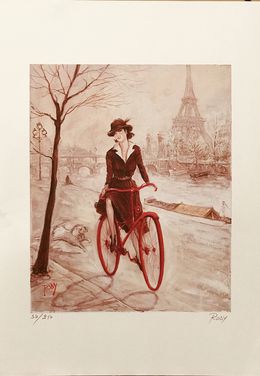
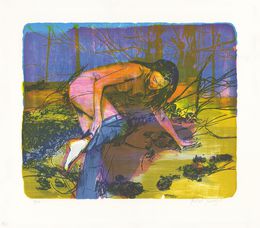


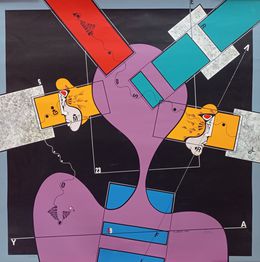

Concordancia
Eduardo Chillida Juantegui
Print - 47 x 60.5 x 0.2 cm Print - 18.5 x 23.8 x 0.1 inch
€4,500
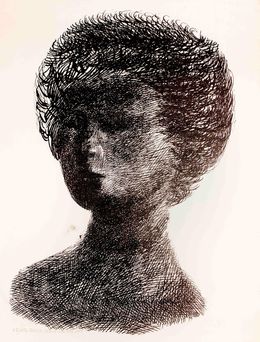

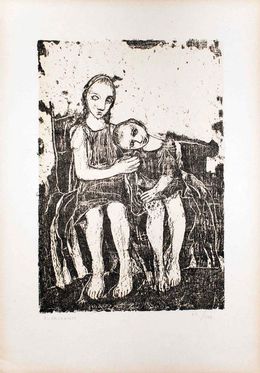
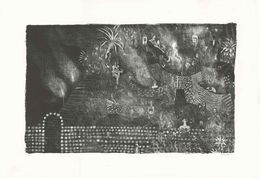

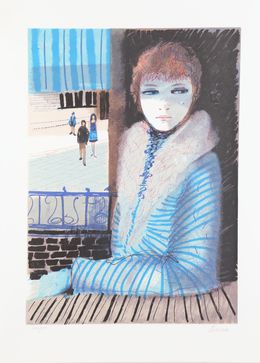
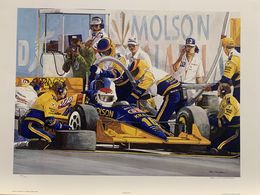

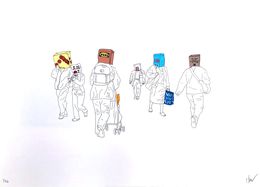
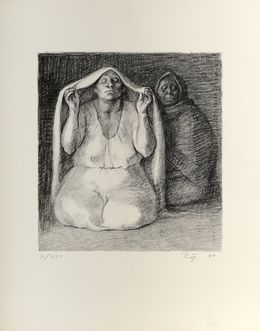

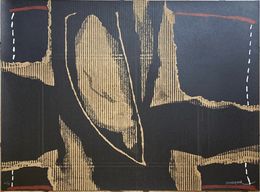

Personnage allongé dans l'atelier ou gisant
Sam Szafran
Print - 75 x 55 x 0.1 cm Print - 29.5 x 21.7 x 0 inch
€2,000

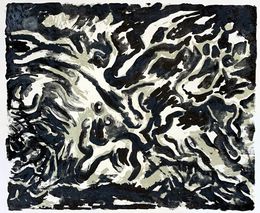
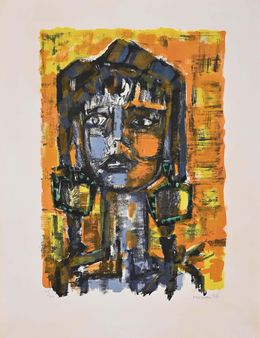
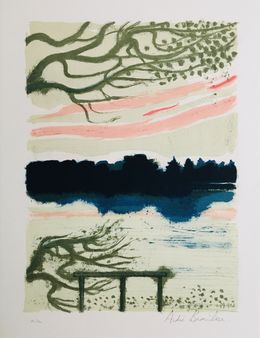



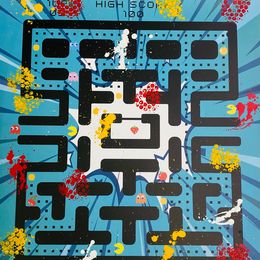

Portrait d'Antonin Artaud
Jean Olivier Hucleux
Print - 75 x 55 x 0.1 cm Print - 29.5 x 21.7 x 0 inch
€600


Open Self Model (Single Green Female)
Carroll Dunham
Print - 78.7 x 64.8 cm Print - 31 x 25.5 inch
€2,387

Figure Skating from the Visions of Gold Olympic Portfolio
Robert Peak
Print - 53.3 x 71.1 cm Print - 21 x 28 inch
€510
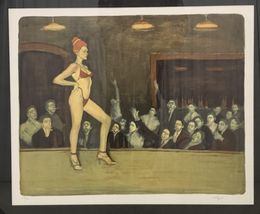
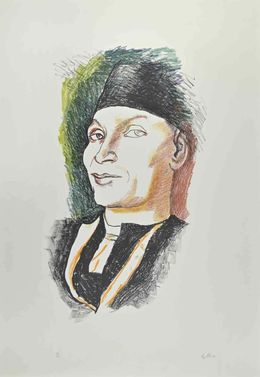
Hommage to Antonello da Messina
Renato Guttuso
Print - 70 x 49 x 0.3 cm Print - 27.6 x 19.3 x 0.1 inch
€500
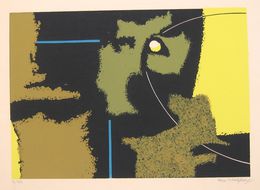
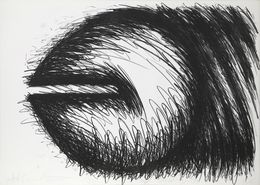
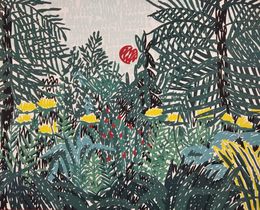

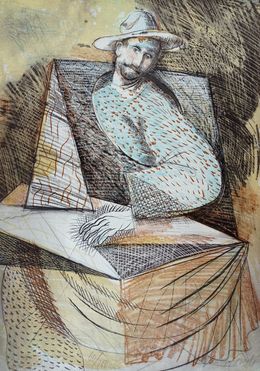
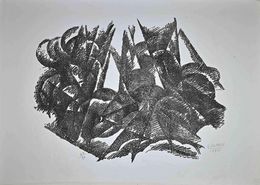

Aspect Syllabary : Landscape
Jessica Stockholder
Print - 76 x 76 x 0.02 cm Print - 29.9 x 29.9 x 0 inch
€950

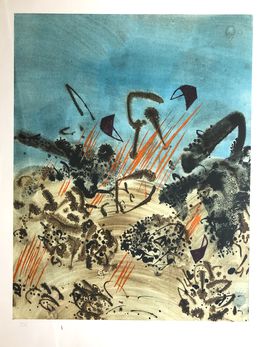






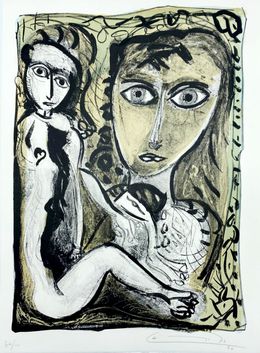

Happy Pink Horse 2001 Le cheval rose joyeux
Frédéric Menguy
Print - 20 x 20 cm Print - 7.9 x 7.9 inch
€790


Danse chromatique à contre-vague
Jean-Pierre Stholl
Print - 52 x 90 cm Print - 20.5 x 35.4 inch
€650
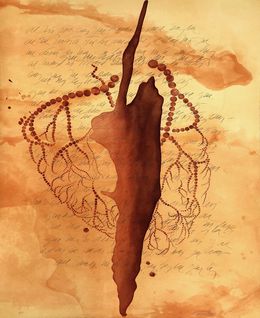

Epicentre, Olympic Games Beijing
Alexander de Cadenet
Print - 70 x 94.5 x 0.1 cm Print - 27.6 x 37.2 x 0 inch
€600

A small part of something great 1
Stephen Andrews
Print - 101.5 x 71.5 cm Print - 40 x 28.1 inch
€1,500

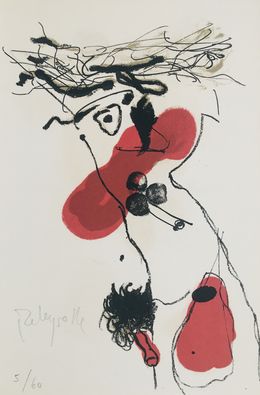
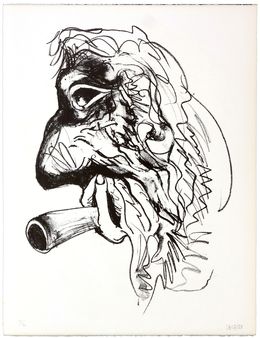

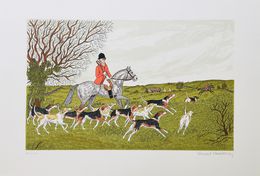
La chasse à courre en Irlande
Vincent Haddelsey
Print - 37.5 x 54.5 cm Print - 14.8 x 21.5 inch
€100


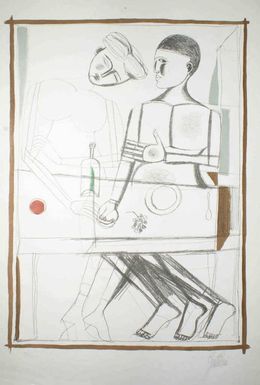
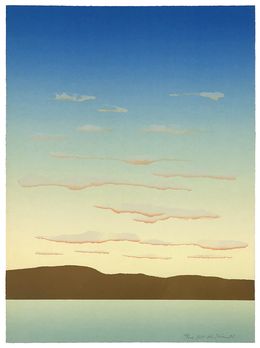
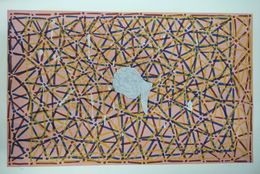

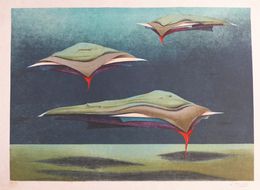
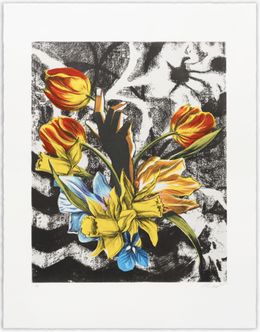
We Make Our Own Water If We Choose to Grow
Mark Thomas Gibson
Print - 76.2 x 55.88 cm Print - 30 x 22 inch
€3,054


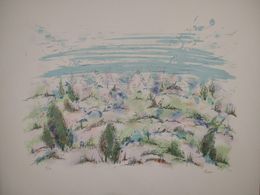
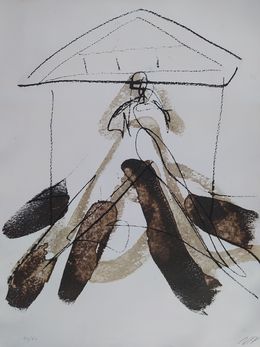

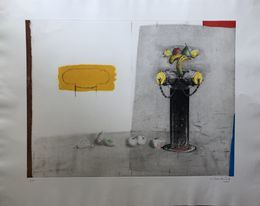
Boca de Incensios
Manuel Quintana Martelo
Print - 64.8 x 96.52 x 0.1 cm Print - 25.5 x 38 x 0 inch
€600
Discover the styles & movements
Discover the selection of our experts
A lithograph is a work of art created by printing from a stone or metal plate, on which the artist draws with a grease pencil. This technique allows for the production of multiple original, numbered, and signed copies.
A lithograph often has a slight texture and ink variations, while a digital print is perfectly smooth and uniform. Hand-signing and numbering are also indicators of an authentic lithograph.
Yes, a lithograph can be valuable, especially if it is signed, numbered, and produced by a recognized artist. Its value depends on its rarity, quality of execution, and the artist's reputation.
A painting is an original work made by hand, while a lithograph is a print obtained by printing from a stone or an engraved plate, allowing several numbered copies to be produced.



